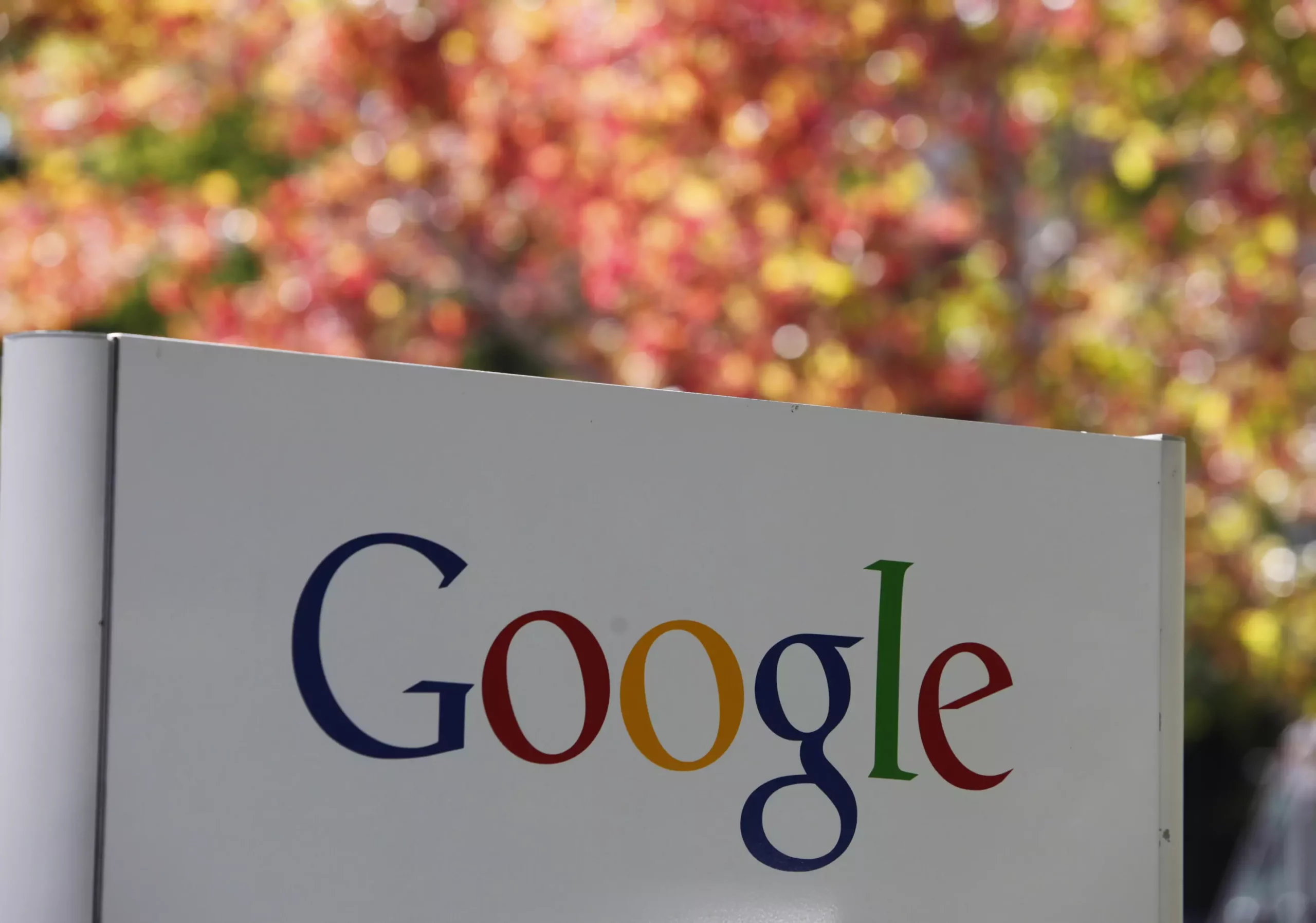In the blink of an eye, what appears on our screens as we navigate the internet is the result of complex algorithms and the dealings of various advertising technologies. The digital advertising ecosystem has evolved drastically over the past two decades. No longer is it dominated by simple, unrefined ads; instead, sophisticated networks of computers and software work tirelessly to tailor advertisements to individual preferences. Google stands at the forefront of this transformation, controlling a significant portion of this digital marketplace. However, this prowess has earned the tech giant scrutiny, as allegations of monopolistic practices are thrust into the limelight during an ongoing federal trial.
At the center of the debate lies the assertion that Google’s extensive influence over online ad sales constitutes an illegal monopoly. A coalition of states and the Justice Department argue that Google’s sheer control over the technology powering the sale of billions of display ads daily warrants intervention. This trial, currently underway in Alexandria, Virginia, serves to dissect the intricate operations of Google’s ad technology stack and how it allegedly undermines competition.
Historically, the digital advertising landscape was much simpler. A common sight was generic advertisements that bore little relevance to the viewer’s interests. However, with the advent of data analytics and algorithm-driven targeting, advertising has transformed into a more tailored approach to consumer engagement. Google asserts that its innovations are designed to enhance user experience and improve the quality of advertisements displayed.
A crucial aspect of the trial is the examination of the auction process that Google employs to allocate advertising space. The government has described this mechanism as favoring Google’s ad exchange, AdX, to the detriment of competitors. According to federal witnesses, Google’s system includes three essential components: ad servers—used by publishers to display ad space; ad networks—used by advertisers to purchase ad placements; and ad exchanges—where instant auctions occur to match ads with available space.
The heart of the controversy lies in the rules Google enforces during these auctions. Evidence presented at the trial indicates that Google permits its own ad exchange to be the first to match a publisher’s price for ad space. If Google’s exchange matches the price, it clinches the deal—even if rival platforms are willing to pay more. This practice has caught the scrutiny of government officials, who claim it prevents a fair competitive environment, effectively limiting the potential revenue for publishers.
In response to Google’s restrictive rules, many publishers sought an alternative known as “header bidding.” This technique allows publishers to conduct auctions independently of Google’s ad exchange, ostensibly increasing their chances of securing higher ad revenues. However, internal Google communications have characterized header bidding as a significant threat to its market position.
Notably, even when publishers executed header bidding, Google’s ad server had the last word, as it could still reclaim the winning bid and undercut competitors. The testimony from experts, such as Professor Ramamoorthi Ravi from Carnegie Mellon University, suggests that these tactics have been strategically designed to advantage Google’s offerings rather than maximize benefits for publishers.
The implications of Google’s alleged monopolistic tactics extend beyond mere market competition. They raise crucial questions about the viability of the digital ad ecosystem for publishers seeking a fair share of advertising revenue. Many publishers find themselves trapped in a dilemma—while they could abandon Google’s systems to pursue better financial prospects, doing so often means losing access to the vast pool of advertisers that rely on Google’s extensive network, essentially undermining their operations.
Even as Google defends its practices by pointing to recent changes in auction methodologies, the Justice Department contends that these practices were critical in preserving Google’s monopoly until very recently. With Google reportedly retaining around 36 cents for every dollar spent on ads through its platforms, fears abound that its foundational control still stifles genuine competition in the ad tech marketplace.
The ongoing trial in Virginia represents a pivotal moment in the examination of digital advertising practices. As scrutiny intensifies around Google’s actions in the ad space, the question remains: can the digital marketplace evolve into a genuinely competitive environment, or will it remain under the thumb of a tech giant? The resolution of these hearings may set significant precedents affecting the trajectory of both digital marketing strategies and the fundamental structure of the online advertising ecosystem. The outcomes here may ultimately reshape how advertisers, publishers, and tech companies interact within a market increasingly wary of monopolistic influence.


Leave a Reply